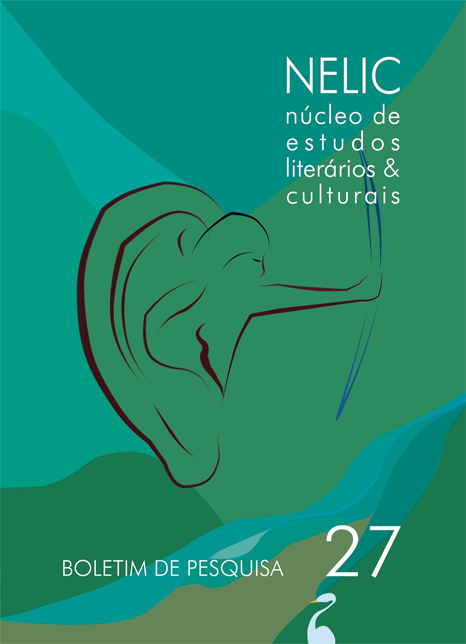Pierre Menard: reader-creator
DOI:
https://doi.org/10.5007/1984-784X.2017v17n27p121Abstract
The writer Jorge Luis Borges reproduces in his artifice "Pierre Menard, author of Don Quixote" (1939, originally) the concept of palimpsest and establishes through this a poetics of reading (Monegal), executed by its own author. Menard becomes an archetypical character who ironically emulates the writing of the precursors recovering the interstices of the past, that is to say, the return to the tradition, work executed by Borges and the well-known poet Haroldo de Campos and his synchronic poetic. There is a disintegration of time and space in the writing of this artifice, and Menard becomes an illustrative example that outlines the literature as a set of interrelated fragments. The notion of author is abolished, according to each epoch the text will be read in a different way: the conditions of receipt of a text do not depend on the author but on the experience of the reader. Borges announces through this text the infinite character of literature.Downloads
Published
Issue
Section
License
Copyright (c) 2017 Jorgelina Rivera

This work is licensed under a Creative Commons Attribution-NonCommercial 4.0 International License.
Authors that publish in the Boletim de Pesquisa NELIC agree with the following terms:
a) Authors maintain copyrights and allow the journal to publish their work under the Creative Commons License BY-NC 4.0, which allows the sharing of the work, authorship recognition, and the initial publication in this journal.
b) Authors may sign additional separate contracts for non-exclusive distribution of the version of the work publish in this journal (e.g. publishing in an institutional repository or as book chapter).
c) Authors are authorized and encouraged to publish and share their work online (e.g. in institutional repositories, social media, personal pages, etc.) after the editorial process, once such actions may raise impact and citation of the published work.
d) Authors of approved works authorize the journal to reproduce their content in indexers, virtual libraries and the like.
e) The authors ensure that the submitted work for publishing is original, and are fully responsible for their content in case of any dispute by third-parties.
![]()



